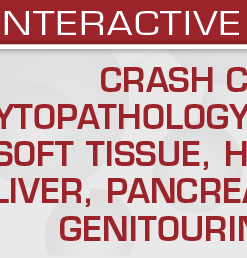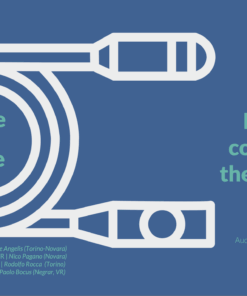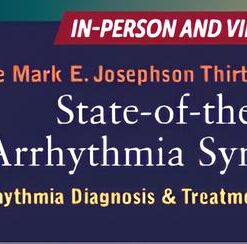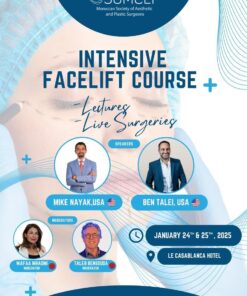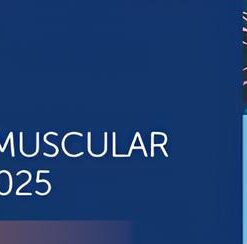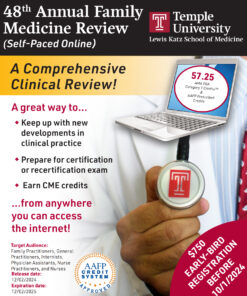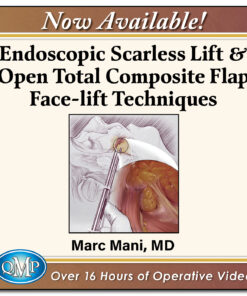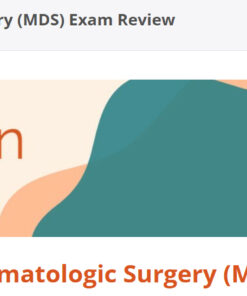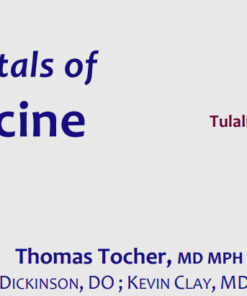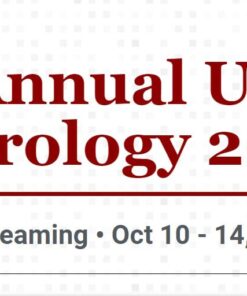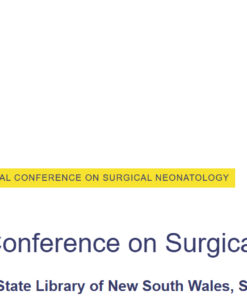Neuromuscular Ultrasound Essentials 2023 – 123sonography
300 $
Delivery time: Maximum to 1 hours
Format : 70 MP4 + 11 PDF files
File Size : 10.24 GB
Nerve ultrasound is a real-time imaging technology that allows healthcare professionals to diagnose and assess the structure and function of nerves. It can help diagnose conditions and injuries that may not be visible through other methods and evaluate the effectiveness of therapeutic interventions. Nerve ultrasound is non-invasive, safe, and cost-effective.
Neuromuscular Ultrasound Essentials 2023 – 123sonography
This technology allows for real-time visualization of nerves, providing valuable information about the structure and function of these tissues. With the use of nerve ultrasound, healthcare professionals can diagnose conditions and injuries that may not be visible through other imaging methods, such as nerve entrapments or muscular degeneration. Additionally, the dynamic nature of ultrasound imaging allows for assessment of muscle and nerve function during movement, enabling healthcare professionals to evaluate the effectiveness of therapeutic interventions. Nerve ultrasound is also non-invasive, safe, and cost-effective, making it a valuable addition to any clinician’s toolkit. By incorporating nerve ultrasound into their practice, healthcare professionals can improve patient care and outcomes.
Nerve ultrasound is an emerging technology that has become increasingly popular in recent years due to its remarkable ability to provide detailed visualization of the nerves and surrounding tissues. This technology has the potential to revolutionize the diagnosis and treatment of nerve-related conditions by greatly improving the accuracy of assessments and facilitating targeted interventions.
In the book “Nerve Ultrasound: A Comprehensive Guide,” the authors provide an in-depth overview of nerve ultrasound and its applications in clinical practice. The book contains a wealth of information on the anatomy and function of nerves, as well as the principles behind ultrasound imaging and how it can be used to diagnose and monitor nerve-related conditions.
The authors start with an introduction to nerve ultrasound, providing an overview of its history, how it works, and the benefits it offers over other imaging methods. They also discuss the anatomical tissues that can be visualized using ultrasound, including nerves, muscles, and tendons.
One of the significant advantages of nerve ultrasound, as the authors explain, is its ability to provide real-time imaging of nerves and muscle function during movement. This feature enables healthcare professionals to monitor changes in nerve and muscle function over time, making it possible to evaluate the effectiveness of therapeutic interventions and make adjustments as needed.
The book goes on to provide detailed information on the nerve fibers that can be imaged using ultrasound, including the median, ulnar, radial, fibular, tibial, and sural nerves. Each chapter provides a comprehensive review of the relevant anatomy and physiology, as well as a step-by-step guide to performing the ultrasound scan.
The final chapter of the book provides practical guidance on how to incorporate nerve ultrasound into clinical practice. The authors offer advice on equipment selection, scanning techniques, and how to interpret scan results. They also explore the potential pitfalls and limitations of nerve ultrasound and how to avoid common errors that can affect diagnostic accuracy.
Overall, “Nerve Ultrasound: A Comprehensive Guide” is an essential resource for healthcare professionals seeking to expand their knowledge of nerve ultrasound and learn how to incorporate this technology into their practice. The book is written in clear, concise language and illustrated with high-quality images that make it easy to understand and navigate.
I strongly believe that ordering this book could greatly impact the quality of care that healthcare professionals provide to their patients. The information contained within its pages could make a significant difference in the accurate diagnosis and treatment of nerve-related conditions, ultimately enhancing patient outcomes.
If you are a healthcare professional seeking to expand your skills and knowledge in this area, I highly recommend “Nerve Ultrasound: A Comprehensive Guide.” Be sure to order your copy today and take advantage of the exceptional benefits this technology has to offer.
CHAPTERS
INTRODUCTION TO NERVE ULTRASOUND
ANATOMICAL TISSUES IN ULTRASOUND
QUALITATIVE SCANNING
MEDIAN NERVE
ULNAR NERVE
RADIAL NERVE
FIBULAR NERVE
TIBIAL NERVE
SURAL NERVE
MUSCLE
HOW TO BRING IT INTO PRACTICE?








